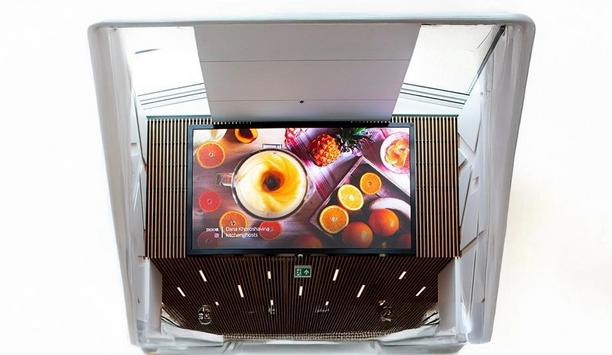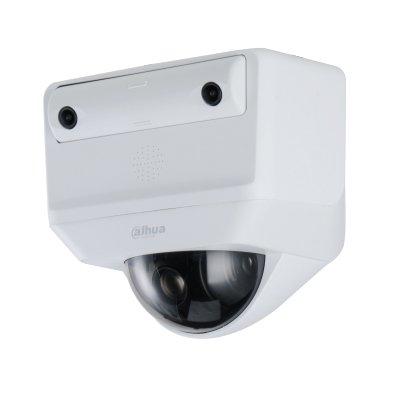 IMS Research's latest report on Explosives, Weapons & Contraband (EWC) Detection Equipment highlights the rapid growth for people screening equipment. Metal detectors have formed the backbone of the people screening market since the seventies but are somewhat limited in their detection capability and are increasingly being complemented by newer technologies with broader sensory capability. The increasing number of incidents involving Improvised Explosive Devices (IEDs) has driven demand for technologies such as Explosives Trace Detection (ETD), backscatter x-ray and millimetre wave imaging to ensure that the highest level of security at our airports and other vulnerable sites is maintained.
IMS Research's latest report on Explosives, Weapons & Contraband (EWC) Detection Equipment highlights the rapid growth for people screening equipment. Metal detectors have formed the backbone of the people screening market since the seventies but are somewhat limited in their detection capability and are increasingly being complemented by newer technologies with broader sensory capability. The increasing number of incidents involving Improvised Explosive Devices (IEDs) has driven demand for technologies such as Explosives Trace Detection (ETD), backscatter x-ray and millimetre wave imaging to ensure that the highest level of security at our airports and other vulnerable sites is maintained.
ETD portals allow for the detection of a whole range of contraband and are not just exclusive to explosives. Backscatter x-ray machines negate the need for pat-downs or strip searches by providing an onscreen image of the body, identifying the size and location of objects nestled beneath clothing. One of the promised benefits of millimetre wave technology is its ability to scan from distance making it particularly attractive in areas where human traffic is a problem for traditional screening methods.
Market research analyst at IMS Research, James McManus commented, "There has been a lot of investment into the development of new people screening technology and there is currently a wide array of competing technologies. Despite some early teething problems, many of these technologies are being successfully installed. The challenge has been to keep false alarm rates to a minimum whilst maintaining normal throughput. Developers have also had to strike a balance between effective screening and the issue of privacy and public acceptance, which they are now starting to achieve."
IMS Research estimates the world market for people screening equipment will reach over US$330 million by 2011. The market share for metal detection equipment is forecast to fall to 45%, as newer technologies gain acceptance.
















